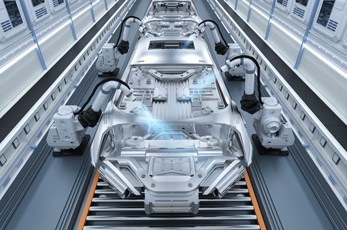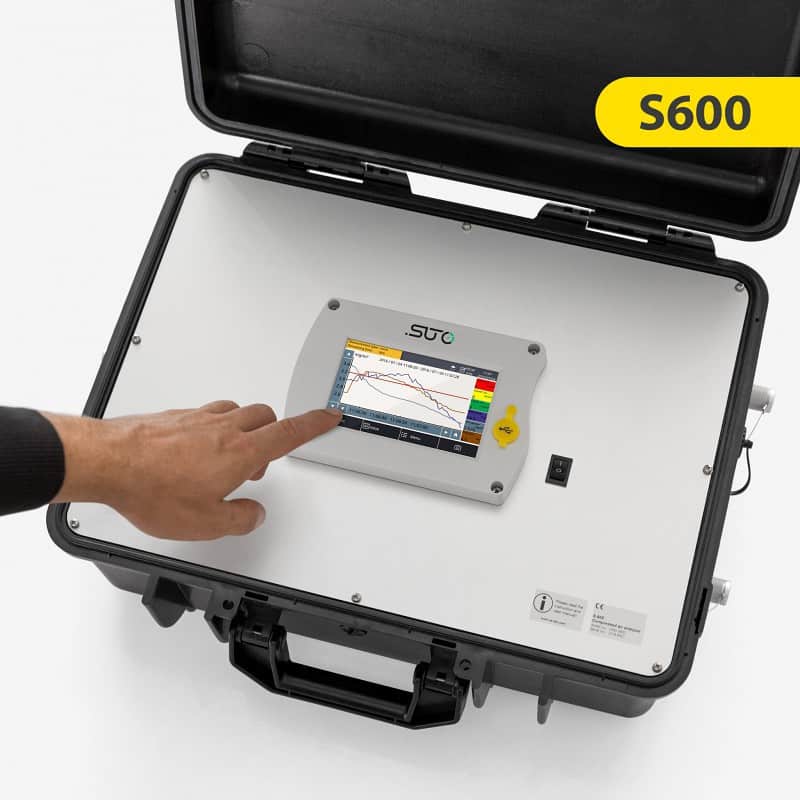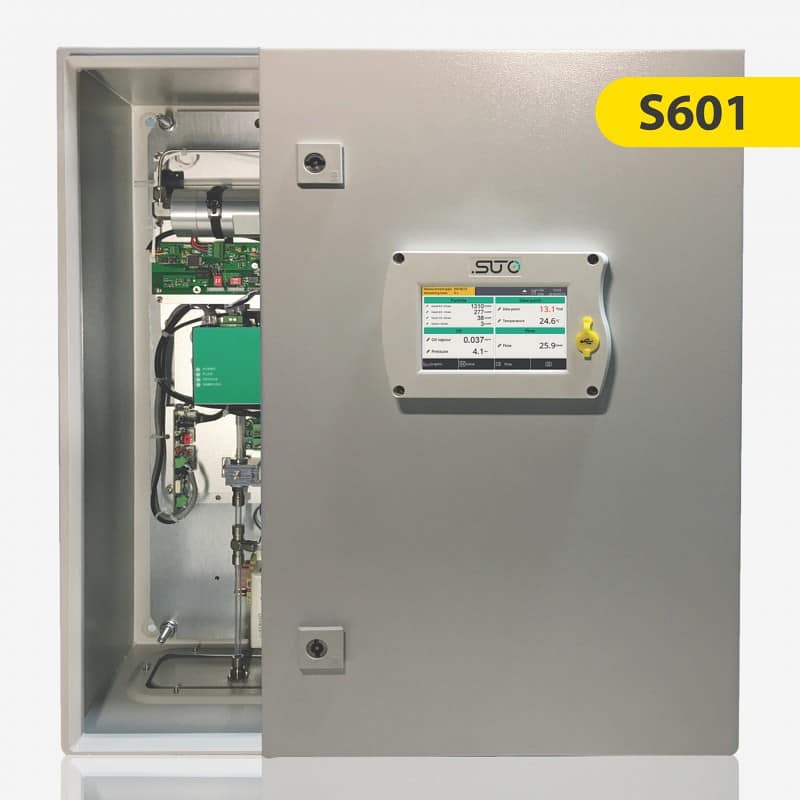CASE STUDY
Ensure Painting Quality by Maintaining High Compressed Air Purity Standards
A Case Study in highly automated painting processes
Application
Compressed Air Quality and Purity Monitoring in highly automated painting processes
Goal
Ensure paint process quality by monitoring the compressed air purity
Customer
Car Manufacturer / Automated Paint Shop Manufacturer
Sector
Automotive Industry
Overview
In a modern paint shop, the quality of painting is highly impacted by the quality of the compressed air. In the painting process, paint is injected into the compressed air and as it exits the nozzle the paint atomizes into a fine, even mist. These tiny paint particles repel each other as they leave the nozzle and stick to the object being painted. Excess impurities in the compressed air will cause the paint particles to ”clump” together resulting in uneven coverage and increased waste.
To minimize this, painting equipment manufactures define the incoming compressed air quality in terms of dew point, oil vapor content and particle concentration. Unfortunately, in most installations, the end customer is responsible for monitoring and maintaining the air quality, leaving the paint equipment manufacturers not controlling the painting results. This results in increased tech support and tensions with the customer when trying to fix painting problems due to air quality.
Approach
How SUTO Compressed Air Quality Measurement Solutions are used to Ensure the Quality of Painting Results?
The only way to ensure a consistent high-quality painting process is by monitoring the compressed air purity so painting equipment manufacturers are now starting to integrate air purity measurement tools directly into their machines to monitor the supplied air quality.
Two solutions are designed to be used in such applications:
- Supply Side – A stationary compressed air purity analyzer (SUTO S601) is installed, providing a permanent monitoring of dew point, oil vapor content and particle concentration in the compressed air.
- Demand Side – Equipped with a portable compressed air purity analyzer (SUTO S600), on-site process engineers are enabled to test the compressed air purity as an initial quality check after the installation and then perform ongoing regular checks whenever needed.
Conclusion
Paint shop process quality can only be ensured if the supplied compressed air meets certain purity standards. Contamination in the compressed air can lead to production failures and create damage on the product and the reputation.
Constant monitoring and regular purity checks help operators as well as paint shop manufacturers to prevent damages and ensure high quality production output.
Personal advice
Would you like to receive more information about products and applications?
Or do you need personal advice? We will be happy to help you!






